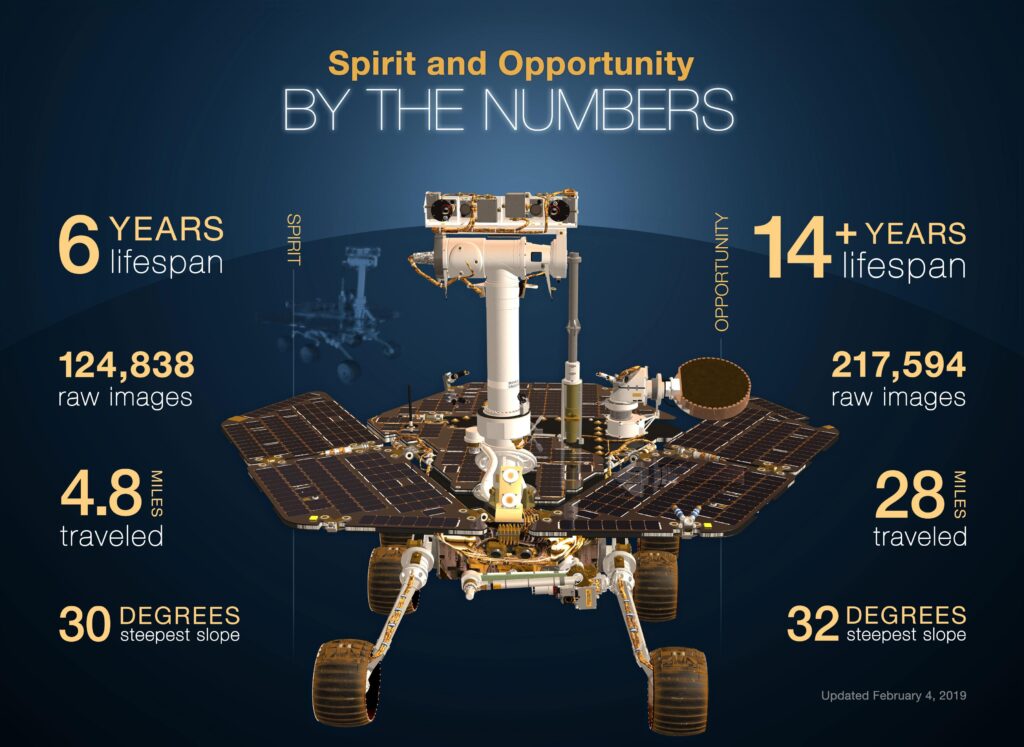NASA Mars Satellite Uncovers Enigmatic Surface Markings
In a remarkable breakthrough that has intrigued both scientists and space aficionados, NASA’s latest satellite orbiting Mars has discovered an array of unusual markings on the planet’s surface, resembling paint trickling down a wall. This captivating phenomenon, initially reported by Live Science, prompts significant inquiries into the geological history and environmental processes of Mars. The satellite’s advanced imaging capabilities have provided detailed observations that may shed light on the planet’s past, including evidence of ancient liquid water flows. As researchers investigate these findings further, they could transform our comprehension of Mars and yield critical information for future exploration missions.
Unraveling Mysterious Markings on the Red Planet
Recent data from NASA’s Mars Reconnaissance Orbiter has revealed perplexing markings scattered across the Martian landscape that strikingly resemble paint running down a wall. These distinctive formations have been identified within the Valles Marineris canyon system and challenge existing theories about Martian geology. Researchers describe these patterns as drips or streaks, suggesting potential historical liquid activity on Mars and prompting a reevaluation of long-held beliefs regarding its climatic conditions.
The significance of these discoveries extends beyond mere visual intrigue; scientists are meticulously analyzing these markings to determine their composition and formation mechanisms. Key areas under investigation include:
- Possible mineral deposits: The drips may indicate previous water or brine flows.
- Environmental interactions: Understanding how these patterns formed could provide insights into Martian weather systems.
- Comparative planetology: Similarities with Earth processes could enhance our understanding of planetary evolution.
A summary table below highlights relevant observations related to this discovery:
| Observation Type | Description | Significance |
|---|---|---|
| Surface Patterns | Peculiar drip-like formations in Valles Marineris | Pivotal insights into historical water activity |
| Mineralogy Analysis | Chemical composition study of surface markings | Aiding in understanding Martian environmental history |
Understanding Martian Surface Features: Formation and Importance
The recent findings from NASA’s satellite have unveiled astonishing surface features reminiscent of paint drips, igniting curiosity among scientists and enthusiasts alike. Often referred to as “drip-like” structures, these formations suggest a dynamic geological past where liquids—potentially water or brine—once flowed across the Martian terrain. The observed patterns imply intricate interactions between erosion and deposition processes, offering vital clues about the planet’s climatic history and geological activities over time. With ongoing research efforts, our grasp of Mars’ evolution continues to deepen as we uncover more about its past environments.
This discovery has prompted researchers to categorize these unique formations further for deeper analysis regarding their origins which may include:
- Tectonic Activity: Indicating prior lava flows that shaped current landscapes.
- Aqueous Processes: Suggesting former flowing water sculpted parts of the terrain.
- Erosional Forces from Wind:: Demonstrating how wind dynamics might have influenced present-day surface morphology.
This categorization is crucial for comprehending environmental conditions that might have supported or impeded life on Mars in its earlier epochs. As investigations continue into how such unique features came to be formed through various geological processes, we move closer toward unraveling some mysteries surrounding this intriguing planet.
Future Exploration Strategies for Investigating Unique Geological Phenomena on Mars
The identification of earth-like markings akin to paint drips across Mars’ surface underscores an urgent need for focused future missions aimed at examining these fascinating geological characteristics closely. To fully comprehend how such distinct formations were created requires prioritizingandof regions exhibiting similar traits . This approach can reveal underlying materials along with any signs indicating previous aqueous activity , thus enriching our knowledge concerningMars’ climatic narrative .
Strategic planning for upcoming expeditions should emphasize collaboration between orbiters equipped with advanced analytical tools alongside rovers capableof conducting in-situ examinations . Key recommendations include : p >
- < strong > Designing rovers equipped with specialized drills :< / strong >to extract subsurface samples from painted regions .< / li >
- < strong > Utilizing aerial drones :< / strong >to capture three-dimensional imagesof hard-to-reach locations showcasingthese geologic anomalies.< / li >
- < strong > Implementing machine learning algorithms :< / strong >for rapid analysisof extensive datasets collected by orbiters , focusingon areas deemed geologically significant.< / li > ul >
< strong > Focus Areas :< / strong > th > < strong > Potential Insights :< / strong > th > < Paint-Like Markings : td > < Formation mechanismsand mineralogical composition.< td /> < Horizontal Lines & Layers : td > < Stratigraphic historyalongwith prevailingenvironmental conditions.< td /> tbody > table > Conclusion: A New Era in Understanding Martian Geology h2 >
The revelationof distinctive markings resemblingpaint drippingdown awall opens up new avenuesin comprehendingthegeologicalhistoryoftheRedPlanet.Theinsights gainedfromNASA’slatestsatelliteobservationschallengepreviousassumptionsabouttheprocessesshapingMarsandhighlightthecomplexityoftheirlandscape.Asresearcherscontinueanalyzingthisfascinatingphenomenon,theknowledgeacquiredmayilluminateitspast—includingitspotentialforsupportinglifeandtheenvironmentalforcesatwork.Asexplorationeffortsprogress,thejourneytowardsunravelingthedelicatemysteriesofMarsremainsascompellingasever,promisingadeeperconnectiontotheRedPlanetanditsenigmaticfeatures.
